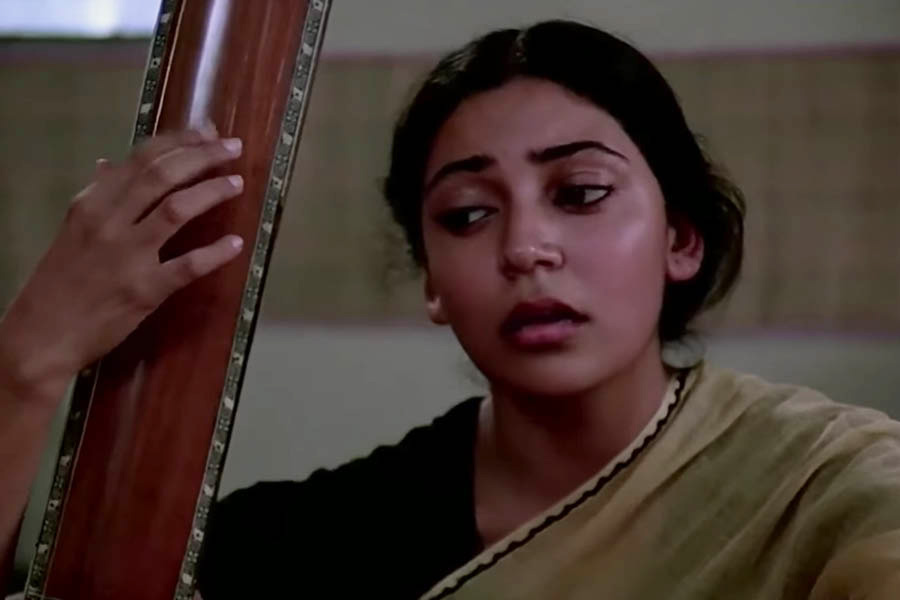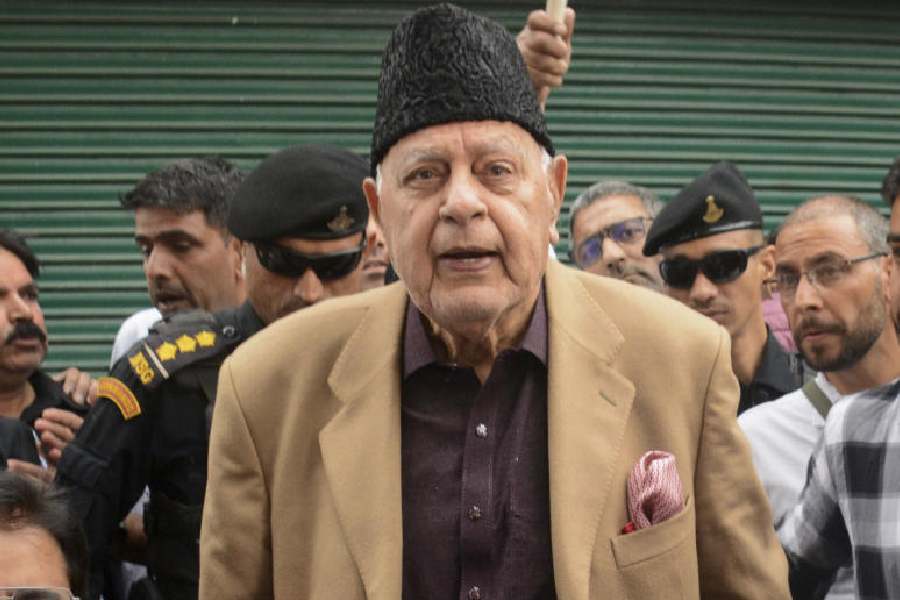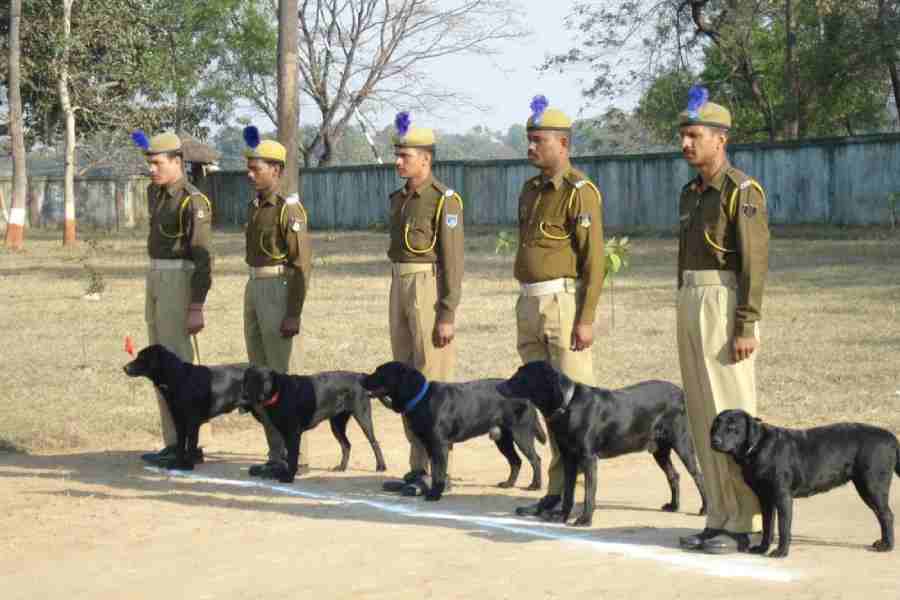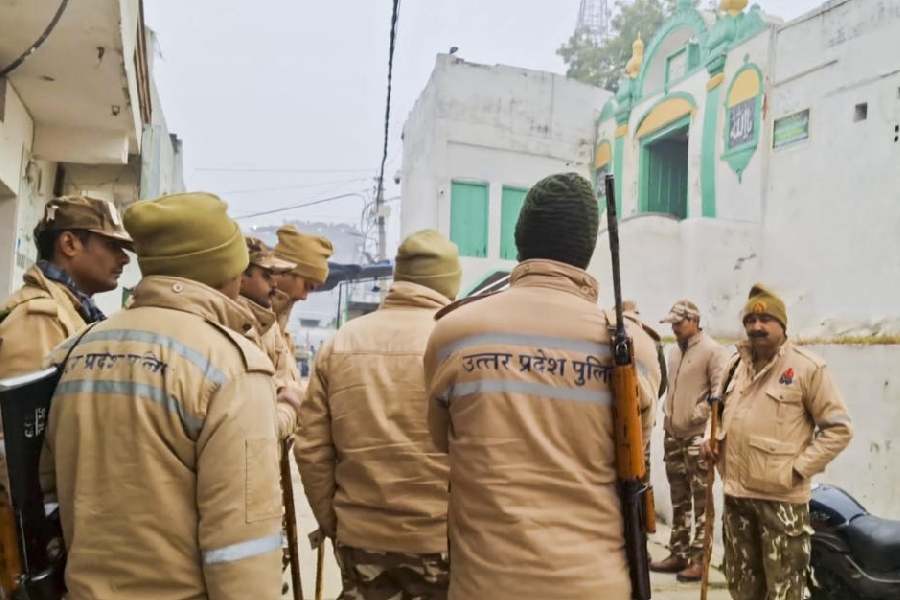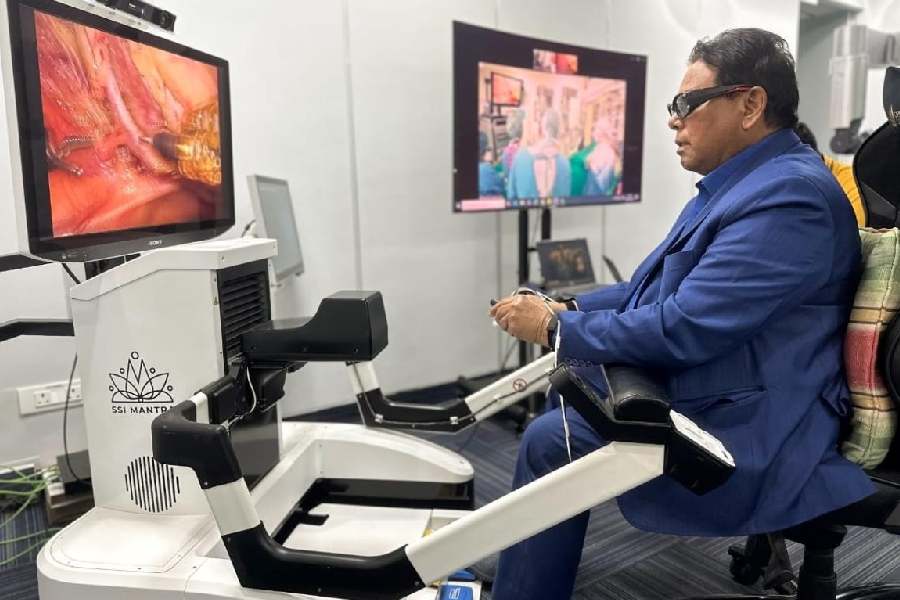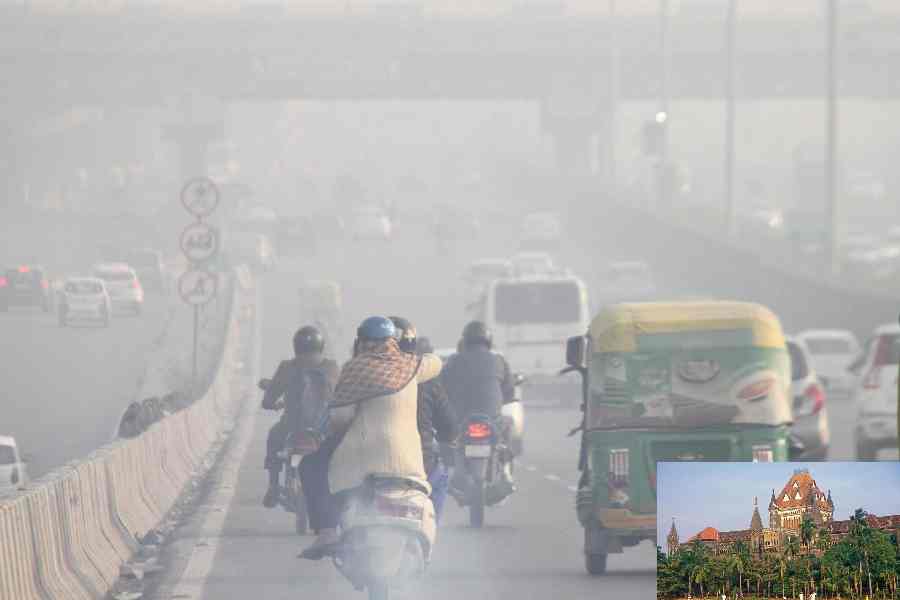‘Look at the rain long enough, with no thoughts in your head, and you gradually feel your body falling loose, shaking free of the world of reality. Rain has the power to hypnotize.’
Haruki Murakami might well have written those words for cinema’s tryst with the rains. No other season has inspired as many film songs as the monsoon. A Google search on ‘Best Hindi film rain songs’ throws up 13,60,00,000 results, while there are 99,20,000 results for Bengali. Listicles of the best rain songs are a dime a dozen, though most lists show a permutation and combination of the usual suspects. There is truly something magical about the rains that have stirred the imagination of poets and composers from time immemorial.
For Indians across the expanse of our country, the onset of the monsoons conjures myriad feelings. The fragrance of wet earth. Dark clouds overhead pregnant with possibilities. Sadness, hope, regret. The sense of being washed clean, ready to begin afresh. There’s the waterlogging and traffic jams and wading through water and slush. There are the floods that wash away lives and livelihoods. There’s also what the Internet-breaking video of an elderly couple serenading each other and the rains to the accompaniment of the evergreen Rimjhim gire sawan evokes – the timelessness of first love and of love that has survived the ravages of time.
For a pluviophile, there are few sights and sounds as blissful as the patter of the rain on the pavement and raindrops sliding off leaves, and few experiences as memorable as watching the rain from the window, sipping hot tea, brooding. There are as many emotions the rains evoke in us as the kinds of rain Ray Bradbury mentions in his story The Long Rain (of course the story describes rains in Venus): ‘…a hard rain, a perpetual rain, a sweating and steaming rain; a mizzle, a downpour, a fountain, a whipping at the eyes, an undertow at the ankles.’
In the West, rains conjure a different world altogether. Barring Gene Kelly’s infectious life-affirming Singing in the Rain, most English songs associate rain with despair and despondency: ‘Rhythm of the Falling Rain, Rainy Days and Mondays and Rainy Night in Georgia to name only three. In fact, the B.J. Thomas classic, Raindrops Keep Falling on my Head (brilliantly filmed in Butch Cassidy and the Sundance Kid), equates rainfall with the troubles of life.
No wonder the memorable English nursery rhyme says ‘Rain rain go away’. Unlike Hindi film songs which, for the most part, convey a sense of ecstasy and cheerfulness. Songs like Rimjhim gire sawan (Manzil, 1979), Tum jo mil gaye ho (Hanste Zakhm, 1973) and innumerable others belong to the school celebrating the joy of rain.
For the Bengali of course songs of rain are inextricably linked to Rabindranath Tagore who left no aspect of the rains untouched by his imagination, from the foot-stomping joy of Pagla haowar badol dine to the ominous Soghono gohono ratri. Bengali films too by and large celebrate the joys of rain, though songs like Saaono rate jodi (Kazi Nazrul’s immortal song rendered by Manna Dey in Devdas, 1979) and Ei meghla dine ekla (Sesh Porjonto, 1960) go against the grain. The latter exists in an exquisite twilight zone between rapture and melancholy.
In Aami gaan gai (Raag Anurag, 1976), the lyricist describes what no lyricist in Hindi cinema has to my knowledge done: poets (that breed which specialises in flights of fancy and which catches cold at the first drop of rain, the song says) exulting in the rain and going about looking for their soulmates, while for the common man the rain means muddy, waterlogged roads and tripping over potholes.
Though Hindi films have largely steered clear of what the poet writes about in Aami gaan gai, there are songs that convey a more subdued experience of rain tinged with the pain of separation, longing and lost love. One interesting aspect of these songs is that most of them do not carry visuals of the rain and yet manage to create a haunting portrait of the monsoons. Also, almost all of these songs play in the background and are not lip-synced, which somehow adds to the overall impact of the feelings they evoke.
Rimjhim ke tarane leke (Kala Bazar, 1957)
The camera pans across a row of people with umbrellas – has Waheeda Rehman looked more enchantingly ethereal? – before settling on Dev Anand with a newspaper over his head, the strains of the sitar a perfect stand-in for the rain till we see Dev Anand, and the flute breaks into the track.
Though there’s a note of celebration in the words (Shailendra’s masterful use of onomatopoeic words associated with rain, ‘rimjhim’ and ‘ghum jhum’) and S.D. Burman’s melody, the effect is strangely one of nostalgia for a lost time. Which is not surprising given the situation in which the song plays out – an estranged couple meeting suddenly in the middle of torrential rain and reminiscing about happier times. While Mohammed Rafi is sublime in the way his voice renders the joy of rain, there is something brittle about Geeta Dutt articulating ‘Yaad aaye kisi se wo pahli mulaqat’ which, with the sense of stillness that permeates the picturisation, rends the heart. This is a rare Hindi film song from the ‘golden age’ that is not lip-synced to by the stars and benefits immensely from that.
Sawan aaya badal aaye (Jaan Hazir Hai, 1975)
Unarguably Dilraj Kaur’s finest moment in Hindi cinema, this beautiful composition by little-known Jai Kumar is a treat for the senses. There’s a happy coincidence here that if the first song in the piece was penned by Shailendra, this one has his son, Shaily, as the lyricist conjuring words that would have made his father proud.
Few songs in Hindi cinema have conveyed better the sorrow of separation and the role that the rains play in accentuating that. Though it suffers from poor picturisation, this is the kind of song that beseeches you to close your eyes and immerse yourself in the pathos-soaked voice (you can almost sense the tears in Dilraj Kaur’s rendition). Or better still, open your window and look out at the darkening skies and the falling rain while letting the words and the melody wash over you.
Pal bhar mein yeh kya ho gaya (Swami, 1977)
When one talks of the great lyricists of the 1970s, there’s one name we often miss while eulogising the likes of Anand Bakshi, Gulzar and Majrooh Sultanpuri. Amit Khanna gave Hindi cinema some of its most evocative songs of the decade, in a language that was markedly different from the lyricists I have mentioned here. His imagery employed a contemporary vocabulary and yet was steeped in classic Hindi.
In this song, he creates the definitive link between the monsoons and the subdued impatience that the rains accentuate in the beloved: ‘Sawan aya / ab ke sajan / din bhar mujhe yun sataye / un bin ab toh raha nahin jaaye’. Shabana Azmi’s portrayal of a woman in the first flush of love, Rajesh Roshan’s mesmerising flute refrain and string ensemble, and Lata Mangeshkar’s dulcet rendition of this Raga Maand composition does full justice to Amit Khanna’s soaked-with-rain words, fragrant with the aroma of the Bengal countryside in the monsoon (is there a better sight than this?).
Basu Chatterjee gave Hindi cinema some of its finest rain songs, including the cult Rimjhim gire saawan, Koi roko na deewane ko (Priyatama) and Baadal to aaye (Dillagi), but there’s something about Amit Khanna’s words that makes Pal bhar mein unforgettable.
Phir se aaiyo badra bidesi (Namkeen, 1982)
It is Shabana Azmi once again who imbues this classic R.D. Burman-Gulzar-Asha Bhosle composition with the plaintive ache at its core. In keeping with the character she plays in the film — a poet, speech-impaired, in love with a stranger who has taken shelter in their house who she believes loves her too — the song plays in the background with the mists rolling over the mountain slopes through which Shabana makes her way to the haunting strains of R.D. Burman’s Raga Malkauns-inspired classic.
No one in Hindi cinema conveyed the sound of the mountains better than R.D. Burman and this is one of the very best, with Gulzar’s lyrics communicating in the same breath a world of pathos and pleasure in waiting for one’s love. There is no rainfall in the sequence whatsoever but the elegiac picturisation and R.D. Burman’s melody echo a valley bathed in rain. And Gulzar’s words – ‘Tu jo ruk jaaye meri atariya, main atariya pe jhalar laga loon … chhu ke jaiyyo hamari bagichi, main peepul ke aade milungi’ – is as much a plea to the clouds as it is to the beloved to return.
Chhoti si kahani se (Ijaazat, 1987)
Another R.D. Burman-Gulzar-Asha Bhosle triumph, this gem plays with the film’s opening credits and is thus devoid of an essential element of a film song. That it manages to convey the spirit of the rains despite that owes itself not just to the genius of its lyricist, but the ability of its composer to give the words just the right touch, from its majestic opening flute refrain to its infectious beat-oriented melody liberally laced with the accordion. Asha Bhosle’s voice as she sings ‘Na jaane kyon dil bhar gaya, na jaane kyun aankh bhar gayi’ is redolent with the impossibility of putting a finger on why exactly the heart is heavy and what it is that makes the eyes brim over.
Gulzar, a past master at the rain song — Bole re papihara (Guddi), Sawan ki raaton mein (Prem Patra), Meri jaan mujhe jaan na kaho (Anubhav, 1971) — has never been better than when he says, ‘Shakhon pe patte thay, patton pe boondein thi, boondon mein paani tha, paani mein aansun thay’, tracing a path from the branches to the leaves, to the raindrops that adorn those leaves, the water that makes up the drops, and the tears that lie at their heart. Or, the way he conveys the soul of the monsoons in the lines ‘Rukti hai, thamti hai, kabhi barasti hai, badal pe paon rakh ke barish machalti hai’ (the rain trembling restlessly on the clouds!).
Kahan se aaye badra (Chashme Baddoor, 1981)
This Raga Megh classic, composed by Raj Kamal (a composer who never got his due despite albums like Saawan Ko Aane Do), is another instance that proves it is not essential to have the visuals of rain to convey what it embodies. And that a largely static sequence can resonate with a million passions thanks to the melody, the words and the rendition.
Vinod Nagpal’s most memorable moment in cinema has him lip-sync to Yesudas’s mellifluous voice, with the criminally neglected Haimanti Shukla singing for Deepti Naval, who is brilliant in evoking the emotions underlining Indu Jain’s words – utre megh hiyaa par chhaaye, nirday jhonke agan badhaaye, barase hain aankhiyon se saawan, roye mann pagla (the clouds descending unto a heavy heart, the agony of the rain-laden breeze in the absence of the beloved, while the disconsolate heart weeps). What else is there to be said about the innocence of young lovers coping with the vicissitudes of love?
(Shantanu Ray Chaudhuri is a film and music buff, editor, publisher, film critic and writer)

